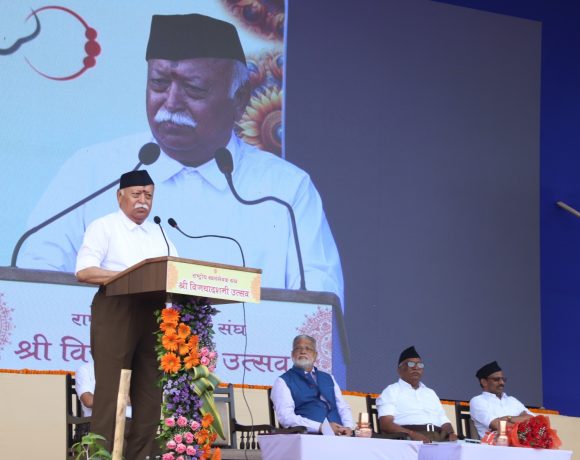
Operation Sindoor: India Strikes Back After Pahalgam Massacre
In the dead of night on May 7, residents across Kashmir were startled by the deafening sound of fighter jets and the tremors of explosions in the distance. It was the beginning of “Operation Sindoor,” India’s swift and calculated military retaliation for the gruesome terror attack in Pahalgam that killed 26 civilians, including women and children.
“Operation Sindoor was launched to deliver a calibrated military response to the Pahalgam massacre.”
The Indian Air Force targeted nine terror hubs in total—four located in Pakistan and five in Pakistan-occupied Kashmir (PoK). These were not random strikes but pinpointed hits on operational facilities and hideouts run by terror groups like Jaish-e-Mohammed and Lashkar-e-Taiba. The Air Force deployed its Rafale fleet, armed with SCALP cruise missiles and HAMMER precision-guided bombs, to ensure minimal collateral damage while eliminating key threats.
Indian military intelligence confirmed that these sites were used for both training and infiltration activities. Locations hit included Bahawalpur, the known headquarters of Jaish-e-Mohammed, and Muridke, linked with Lashkar-e-Taiba. Reports suggest at least 80 militants were eliminated during the operation.
Pahalgam Attack Sparks Sharp Military Reaction
The offensive followed widespread public anger and political pressure after the Pahalgam terror attack, where unarmed civilians were deliberately targeted by gunmen suspected to be operating with Pakistani support. The attack was perceived not just as an act of terror, but as a provocation aimed at breaking India’s internal peace and international resolve.
India’s official stance was clear and unwavering. “The intent was to hit only the terror infrastructure, not the Pakistani state or civilians,” senior defense sources clarified, rejecting any notions of escalation.
India-Pakistan Tensions Escalate
In response, Pakistan issued an aggressive rebuttal, claiming eight civilian deaths and 35 injuries, branding the operation an act of war. They further alleged the downing of five Indian fighter jets, a claim that remains unverified and unacknowledged by Indian authorities.
Cross-border exchanges intensified overnight, with ceasefire violations reported along the LoC. Pakistan scrambled F-16s and deployed air defense systems across key installations, while India placed its airbases in Punjab, Rajasthan, and Jammu on high alert.
International Community Calls for Restraint
As tensions soared, the global community urged calm. The United Nations expressed deep concern, with statements emphasizing restraint and the importance of avoiding a broader conflict between two nuclear-armed nations. Several countries including the United States and the United Kingdom reached out to both New Delhi and Islamabad in hopes of diplomatic resolution.
Back home, political reactions have ranged from applause for the military’s precision to calls for continued vigilance. Prime Minister Narendra Modi was briefed throughout the night, while Defense Minister Rajnath Singh praised the Air Force for its “measured, resolute and effective” action.
While India made clear that “Operation Sindoor” was not a declaration of war, it has unmistakably altered the strategic calculus in the subcontinent. The message is loud and clear—India will not let provocations like Pahalgam go unanswered.


















